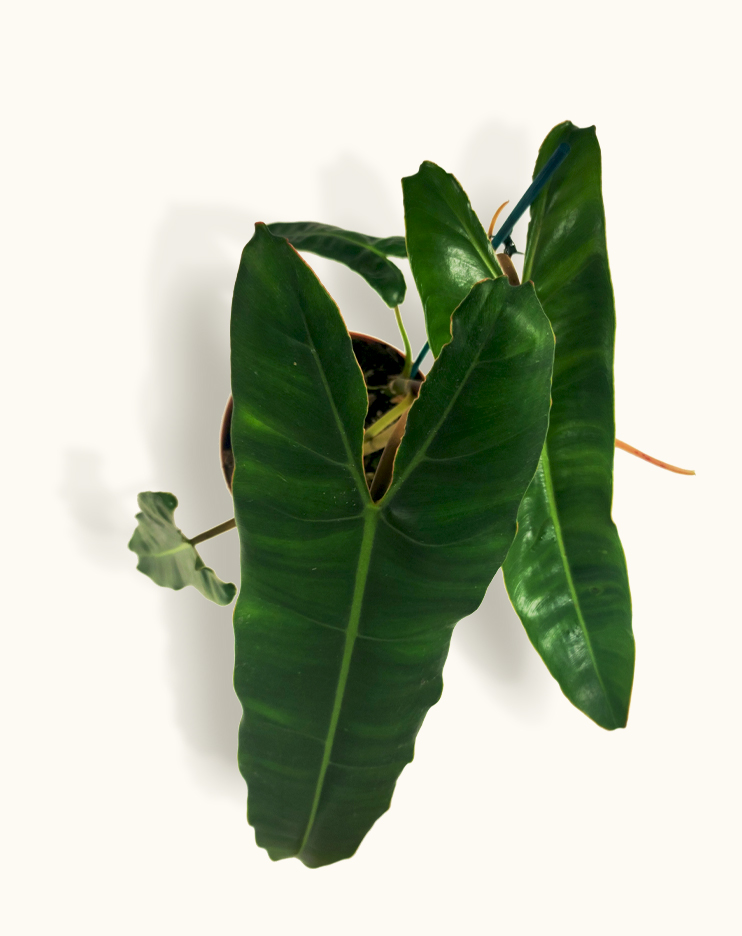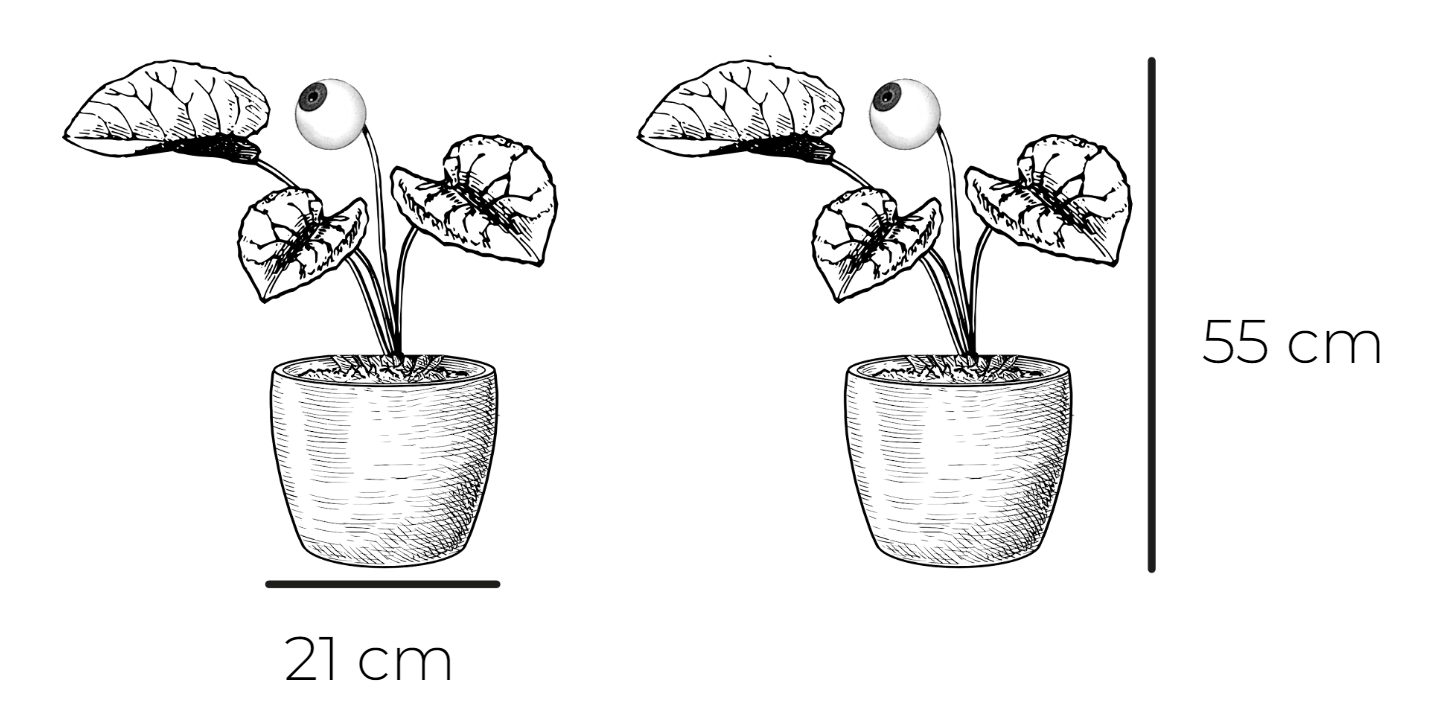






With its long orange stems and long arrow-shaped leaves, this quite rare Philodendron is unique in its species. It is the horticulturist Frieda Billiet which gave it her name, when she found it for the first time in French Guyana in 1981.
 Bright indirect light
Bright indirect light
 Moderate need in humidity
Moderate need in humidity
 Adult
Adult
 Killing it would be remarkable
Killing it would be remarkable
Just as in nature, all plants are different... so these pictures only illustrate one of our plants!
DESCRIPTION
Origin: South-American rainforests.
Personality: Killing it would be a true performance!
Earmark: Its exceptional orange steps, unique in the Philodendron species.
Say Something Smart: It is the belgian horticulturist Frieda Billiet who found this specimen for the first time in 1981, in French Guyana. As most of its fellow Philos, this plant grows along trees in its natural environment. This is actually where its name comes from: "Phileo" meaning "love" in Greek, and "Dendron" meaning "trees".
CARE
Which pot?
A planter is beautiful, but never put your plant directly in it. Leave it in its original pot until Spring, and only repot it if it seems cramped. The ideal container: the terracotta pot with draining holes.
Finding its place
Brightness: Good level of brightness, as close as possible from a window but no direct sun.
Avoid letting it feel draughts near the windows and take it away from heating sources.
Humidity: 50 % or more.
Tip : Spray its leaves with water (ideally rain-water) once a week.
Tip 2 : Place some wet clay pebbles under the pot, so they keep diffusing humidity.
Temperature: Min : 18°C | Max : 27°C | Ideal : 20-22°C
Careful: high dosage ingestion of the plant can lead to risks for your pets.
Make sure to keep it away from them and don't serve it for their dinner ;-)
Day-to-day care
Watering (purely indicative, depends on your local environment): once a week in Spring/Summer, and once every 10 days in Autumn and Winter.
Tip : Put your knuckle in the ground. If it feels totally dry, add some water to keep the soil wet (but not soaking it).
Fertilizer: Prefer a slow release fertilizer to renew every 3 months. Some great ones exist in the shape of sticks to put in the substrate.